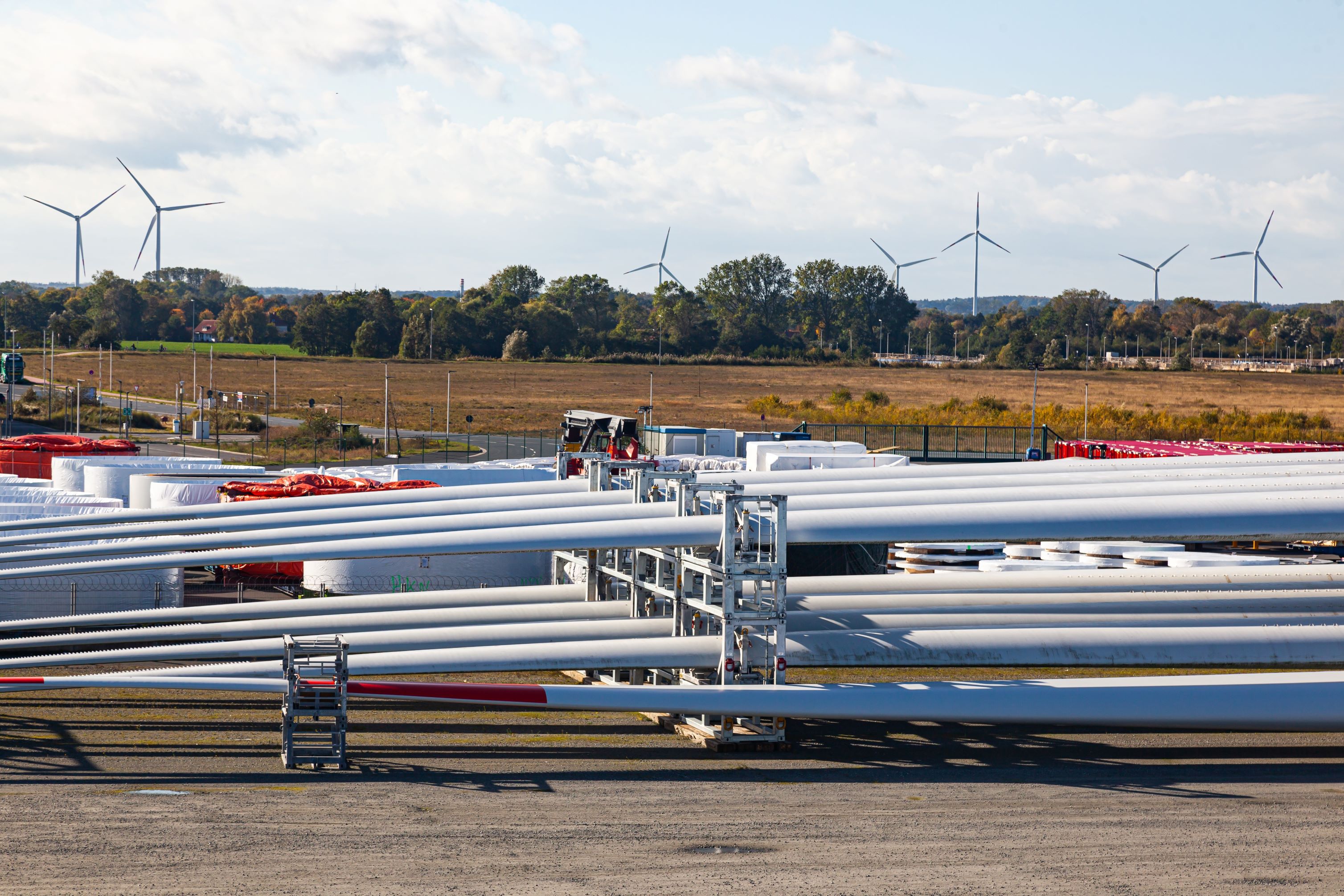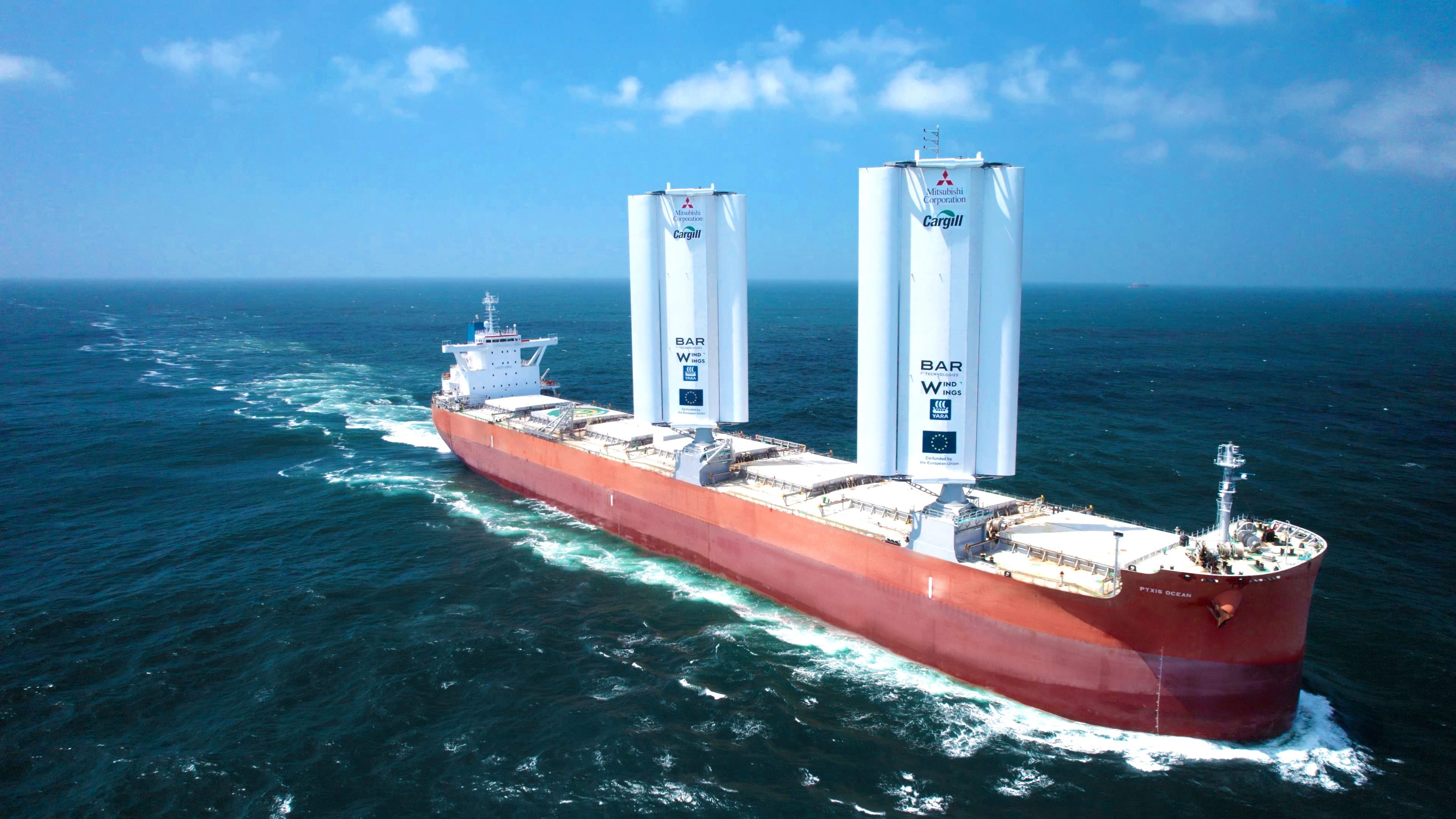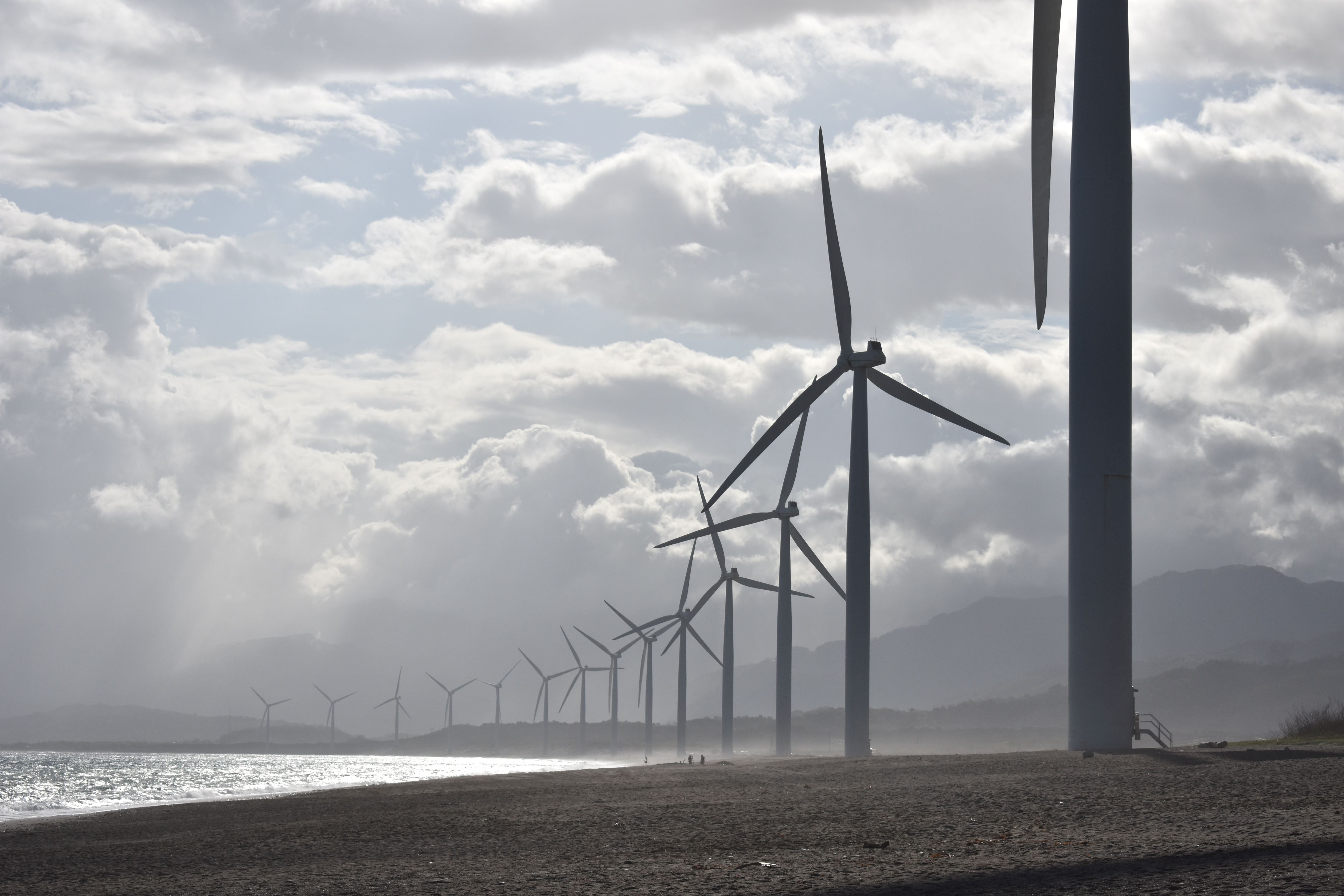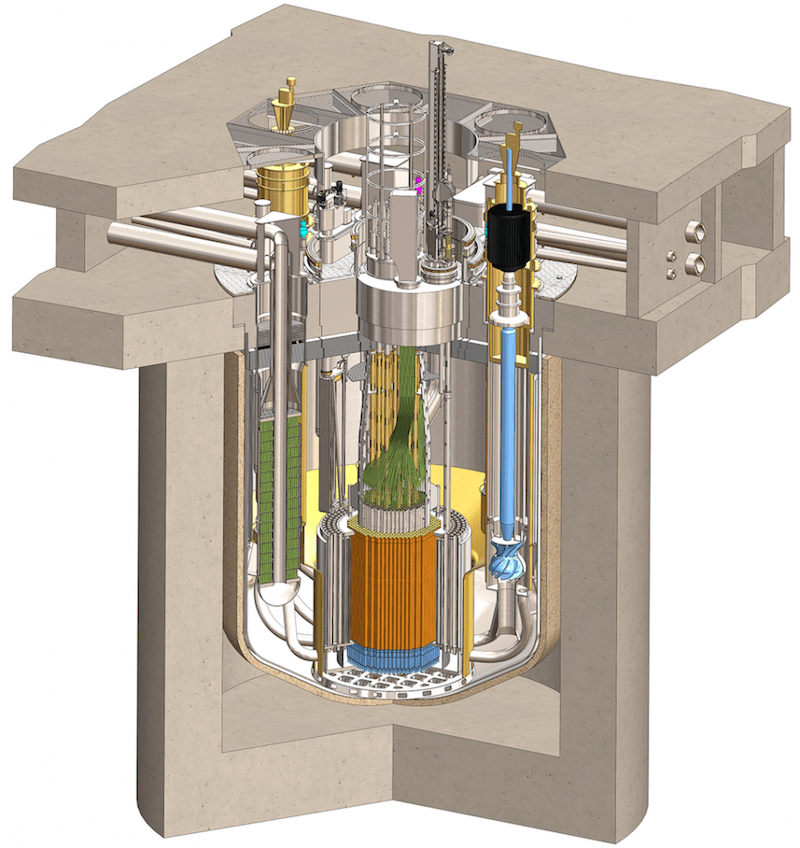Supply chain and turbine operation challenges pose threat to renewable fuel generation
Leadership Insights newsletter story

The wind required by shipping to produce its renewable fuels could be hampered after a new report revealed that supply chain issues and turbine operations were major challenges to wind production.
Predictive analytics provider ONYX Insight’s Ever-Changing Winds report found that nearly 50% of turbine operators foresaw reliability issues with both current and new turbines. Supply chain issues include delays on new projects due to both longer lead times for the supply of new turbines and components and significant price increases.
Other sources also reveal issues. Europe industry association WindEurope Chief Policy Officer Pierre Tardieu told ICS Leadership Insights: “The post-Covid recovery pushed the prices up of many materials and created disruptions in international supply chains, and we were indirectly affected by the Russian invasion of Ukraine because we sourced steel from both countries.”
These pressures have increased the cost of wind turbine manufacturing in Europe by 30%-40% compared to two years ago, placing stress on the supply chain.
Global Wind Energy Council’s (GWEC) Global Wind Report 2023 also highlights supply chain issues. Its CEO Ben Backwell warned: “Both Europe and the US are facing the risk of supply chain shortfalls, and these could be worsened by policies aimed at reshoring manufacturing away from China and protecting local industry and jobs.”
These issues could impact shipping. According to ICS’s 2022 Fuelling the Fourth Propulsion Revolution report, to reach the 2050 net zero goal, shipping’s fuel needs would require electricity from renewable sources to increase by up to 3,000 TWh – the equivalent of the world’s current renewable energy production.
A reduction or stagnation in the use of wind to create renewable energy could also impact shipping’s bottom line. ICS’ study points out that by 2050, at least half of net zero fuels traded globally are expected to be moved by ships.
Furthermore, in the next seven years, the EU needs to double the installed turbine capacity to meet its renewables targets for 2030. Tardieu comments: “This is a big challenge for the whole supply chain, and there is pressure from off takers. Not just the shipping sector, but other industries including the chemical and steel sectors also need to decarbonise their production processes and applications. This is creating competition between the different sectors for this renewable electricity.”
To solve challenges, Backwell says new partnerships are needed between the wind industry and governments, investors and customers, while ONYX Insight highlights the importance of greater digitalisation and predictive maintenance.
Related content

Potential of wind assisted propulsion hindered by perception and funding challenges

Looming industrial action threatens global supply chains

Renewables infrastructure ingredients face shortfall
